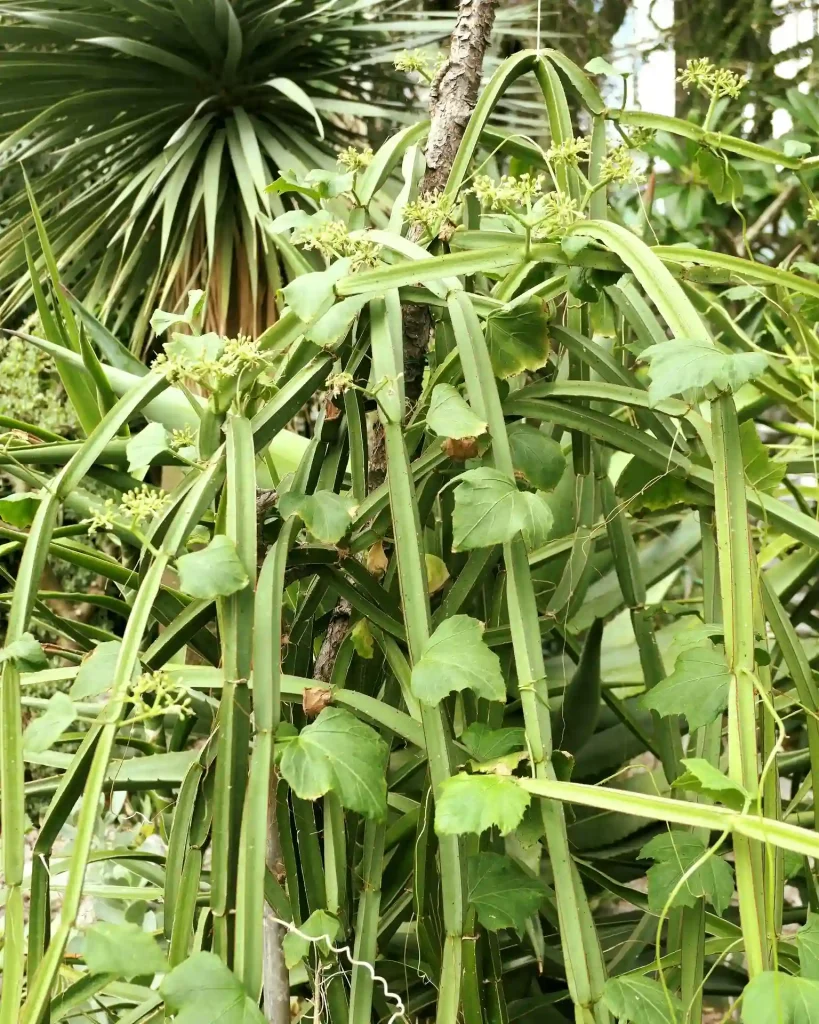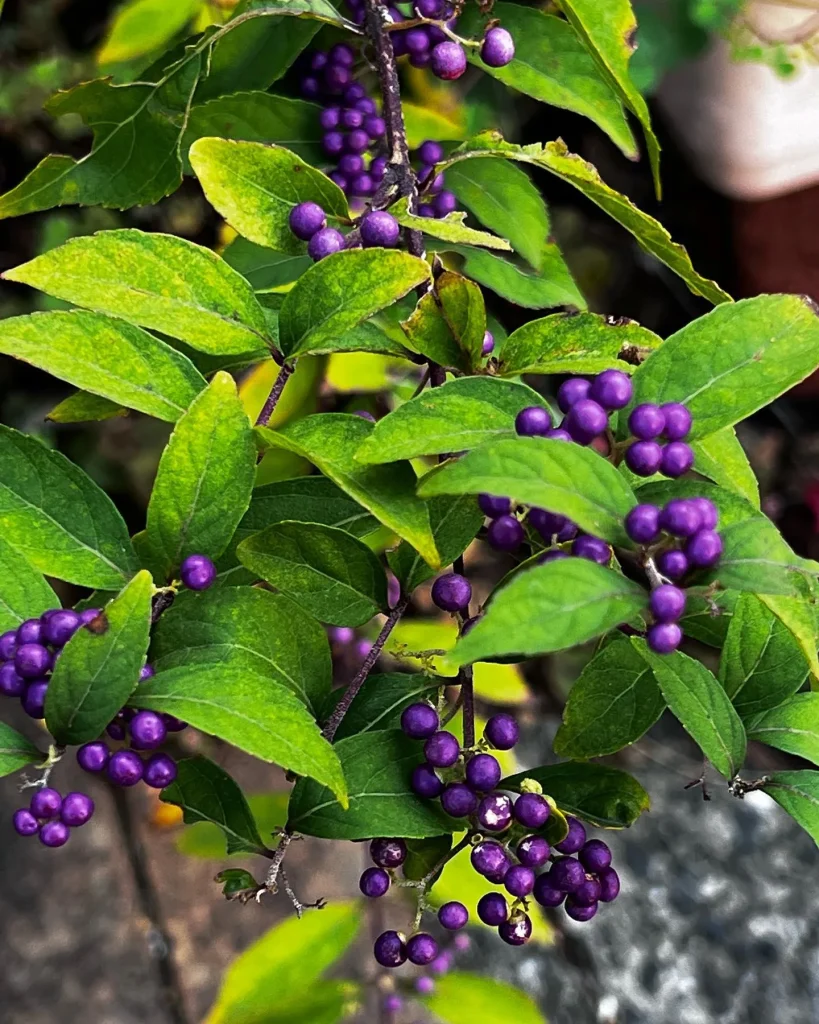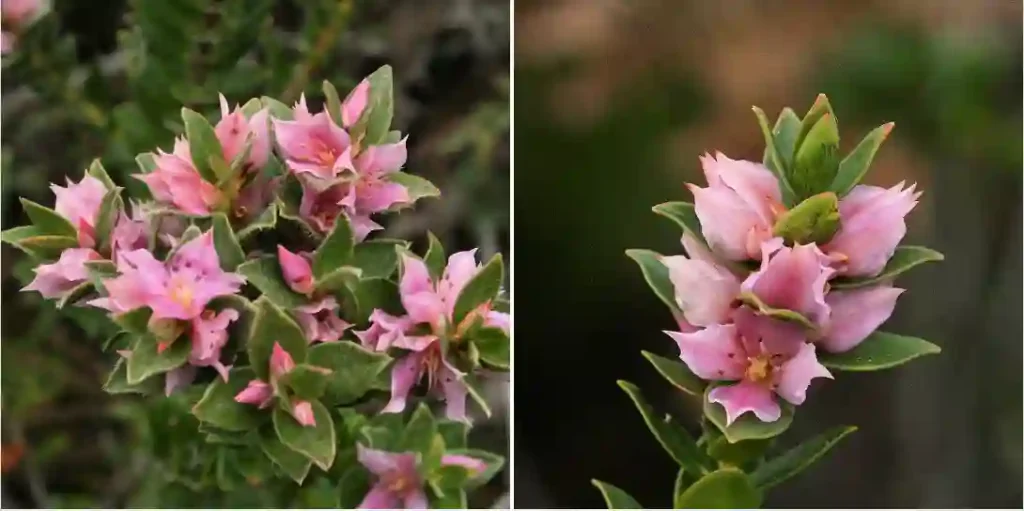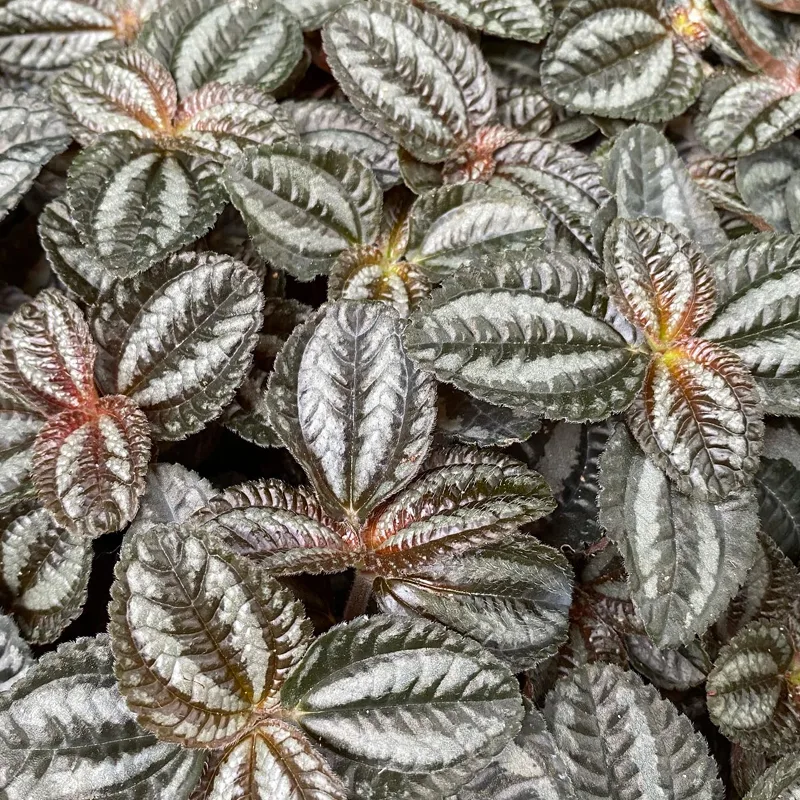FAQs About Forestiera Segregata
When I first stumbled upon Forestiera Segregata, I was intrigued by its unique appearance and characteristics. Having done quite a bit of research and practical care for this plant, I’ve gathered some common questions and answers that might help others interested in this fascinating species.
What is Forestiera Segregata?
Forestiera Segregata is a lesser-known shrub native to various parts of the Americas. It belongs to the Oleaceae family, which also includes olives and lilacs. This plant is characterized by its dense foliage, small white flowers, and its ability to thrive in a variety of soil conditions. In many regions, it’s valued for its ornamental qualities and as a hedge plant.
Plant Family: 27 Genera in Oleaceae
How to Care for Forestiera Segregata?
Caring for Forestiera Segregata is relatively straightforward once you understand its basic needs:
- Sunlight: This shrub thrives in full sun to partial shade. In my experience, it performs best with at least six hours of direct sunlight daily.
- Watering: Forestiera Segregata prefers well-drained soil. Regular watering is necessary, especially during dry periods. However, it’s crucial to avoid waterlogging, which can lead to root rot. I found that watering once a week during the growing season works well.
- Soil: This plant is quite adaptable but flourishes in loamy, well-draining soil. I’ve grown it in both sandy and clay soils with good results, provided they are well-drained.
- Fertilizing: Fertilize Forestiera Segregata once in early spring with a balanced, all-purpose fertilizer. This boosts its growth and ensures vibrant foliage.
- Pruning: Regular pruning helps maintain its shape and encourages dense growth. I usually trim it back in late winter or early spring before new growth begins.
How to Propagate Forestiera Segregata?
Propagation of Forestiera Segregata can be done through several methods:
- Cuttings: The most common method is taking softwood cuttings in late spring or early summer. Ensure that the cuttings are about 4-6 inches long and remove the lower leaves. Dip them in rooting hormone and plant them in a moist, well-draining potting mix. Keep the cuttings in a warm, shaded area until roots develop.
- Seeds: Another method is starting from seeds. Collect seeds from mature plants and sow them in a seed tray filled with a light potting mix. Keep the seeds moist and warm until they germinate. This method takes longer but can be quite rewarding.
What to Plant With Forestiera Segregata?
Forestiera Segregata pairs well with a variety of plants. Here are a few companions that I’ve found work well:
- Evergreens: Combining it with evergreen shrubs like Boxwood or Holly provides year-round greenery and a striking contrast.
- Perennials: Planting perennials like Black-eyed Susans or Coneflowers alongside can add vibrant color and attract pollinators.
- Grasses: Ornamental grasses such as Fountain Grass or Blue Fescue complement Forestiera Segregata well, adding texture and movement to the garden.
Is Forestiera Segregata Toxic?
One of the benefits of Forestiera Segregata is that it is non-toxic to pets and children. I’ve had it in gardens where pets roam freely without any issues. It’s a safe choice if you’re concerned about toxicity.
Benefits of Forestiera Segregata
Forestiera Segregata offers several benefits:
- Ornamental Value: Its dense foliage and small white flowers make it a beautiful addition to any landscape.
- Privacy: It works well as a hedge or screen, providing privacy and reducing noise.
- Low Maintenance: Once established, it requires minimal care, making it a great option for busy gardeners.
Common Problems
While Forestiera Segregata is generally hardy, there are a few issues to watch out for:
- Pests: Occasionally, it may attract pests like aphids or spider mites. Regular inspection and appropriate pest control measures can help keep these issues in check.
- Disease: Root rot can occur if the soil is poorly drained. Ensuring proper watering and soil conditions can prevent this problem.
Compare With Similar Plants
Forestiera Segregata is sometimes confused with other shrubs, such as:
- Ligustrum: Both have similar dense foliage, but Ligustrum typically has smaller, less attractive flowers. Forestiera Segregata’s flowers are a distinguishing feature.
- Privet: Privet is another common hedge plant. While similar in use, Forestiera Segregata tends to be more drought-tolerant and requires less frequent pruning.
In summary, Forestiera Segregata is a versatile and low-maintenance shrub that can enhance any garden with its beauty and functionality. Whether you’re looking for a privacy hedge or a decorative plant, it’s worth considering. From its easy care requirements to its compatibility with other plants, it offers a lot for both novice and experienced gardeners.
If i die, water my plants!



